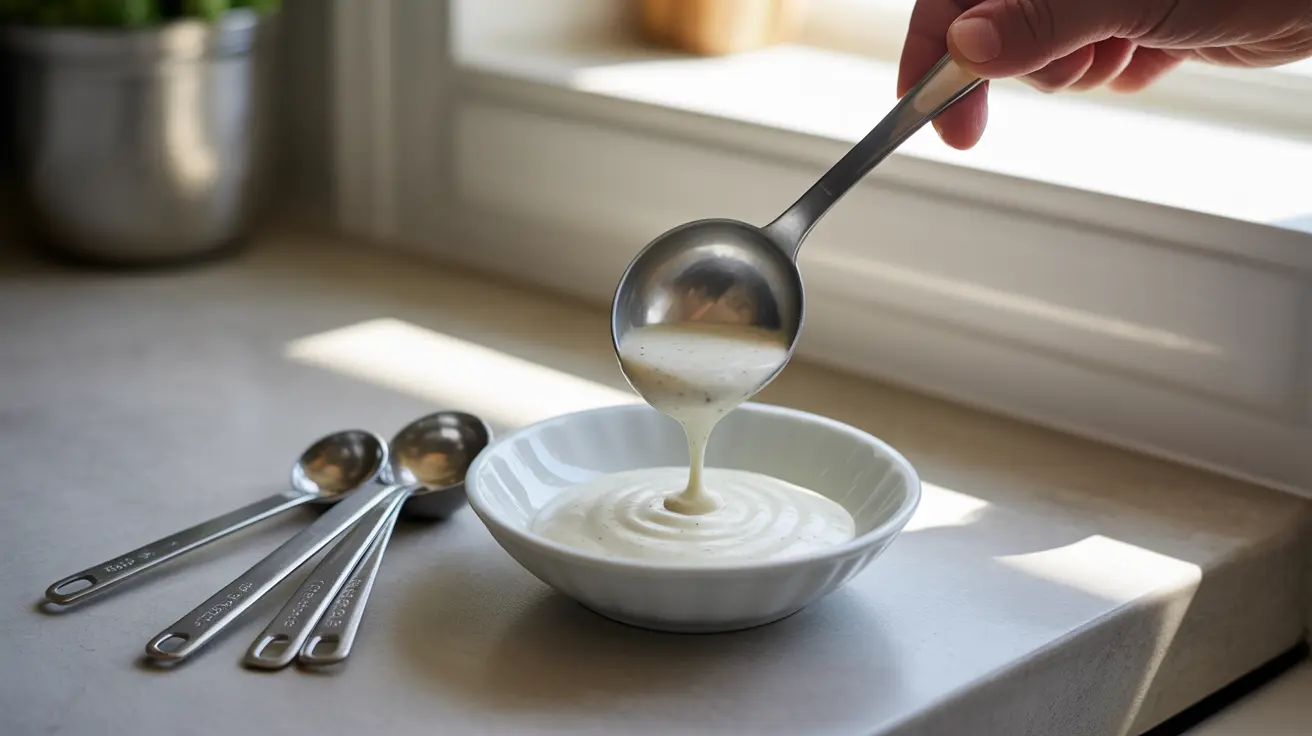Understanding ranch dressing serving size is crucial for maintaining a balanced diet and managing calorie intake. As one of America's favorite condiments, ranch dressing can significantly impact your daily nutritional values, making it essential to be aware of proper portion control and nutritional content.
Whether you're tracking calories or simply trying to make healthier choices, knowing the standard serving size and nutritional implications of ranch dressing can help you make informed decisions about your food choices.
Understanding Standard Ranch Dressing Serving Sizes
The standard serving size for ranch dressing is typically 2 tablespoons (30ml). This portion size is established by most manufacturers and the FDA for nutritional labeling purposes. A single serving generally contains between 140-160 calories, primarily from fat content.
However, studies suggest that many people unknowingly use more than the recommended serving size, potentially doubling or tripling their intended caloric intake from dressing alone.
Nutritional Composition of Ranch Dressing
Common Ingredients
Traditional ranch dressing contains several key ingredients that contribute to its nutritional profile:
- Vegetable oil or soybean oil
- Buttermilk
- Egg yolks
- Herbs and spices
- Vinegar or lemon juice
- Salt and preservatives
Caloric and Fat Content
In a standard 2-tablespoon serving, ranch dressing typically contains:
- 140-160 calories
- 14-16 grams of total fat
- 2-3 grams of saturated fat
- Less than 1 gram of protein
- 2-3 grams of carbohydrates
Healthier Ranch Dressing Alternatives
For those seeking lower-calorie options, several alternatives are available:
Light and Reduced-Fat Versions
Light ranch dressings typically contain half the calories and fat of regular versions, averaging 70-80 calories per 2-tablespoon serving. These products often achieve calorie reduction by using modified food starches and other thickeners instead of oils.
Yogurt-Based Options
Greek yogurt-based ranch dressings offer a protein-rich alternative with approximately:
- 45-60 calories per serving
- 3-4 grams of protein
- 3-5 grams of fat
- Probiotic benefits
Tips for Portion Control
To maintain appropriate serving sizes:
- Use measuring spoons when portioning
- Try the "dip, don't pour" method
- Consider using a small side dish for dipping
- Opt for pre-portioned packets when available
Frequently Asked Questions
What is the standard serving size for ranch dressing and how many calories does it contain? The standard serving size for ranch dressing is 2 tablespoons (30ml), containing approximately 140-160 calories per serving.
How does the calorie and fat content vary among different ranch dressing brands? Calorie content typically ranges from 140-160 calories per serving in regular versions, while light versions contain 70-80 calories. Premium or homestyle varieties may contain up to 180 calories per serving.
What ingredients commonly contribute to the high fat content in ranch dressing? The primary contributors to fat content are vegetable oil or soybean oil, egg yolks, and buttermilk. These ingredients typically account for 14-16 grams of fat per serving.
Are there lower-calorie or fat-free ranch dressing options available? Yes, numerous lower-calorie options exist, including light, reduced-fat, and fat-free versions. These alternatives typically range from 25-80 calories per serving.
How do yogurt- or buttermilk-based ranch dressings compare nutritionally to traditional oil-based versions? Yogurt-based ranch dressings typically contain 45-60 calories per serving and offer higher protein content (3-4g) compared to traditional versions. They generally have less fat while maintaining a creamy texture.




